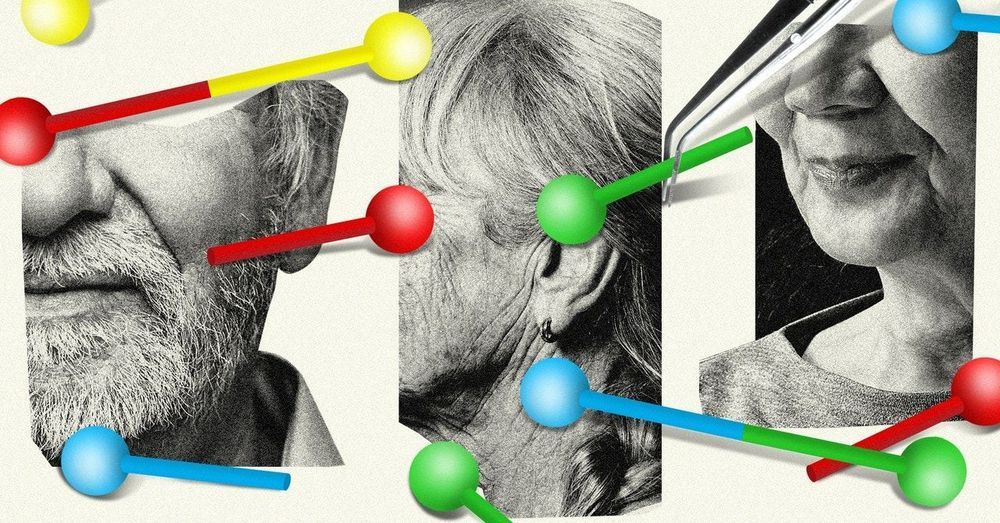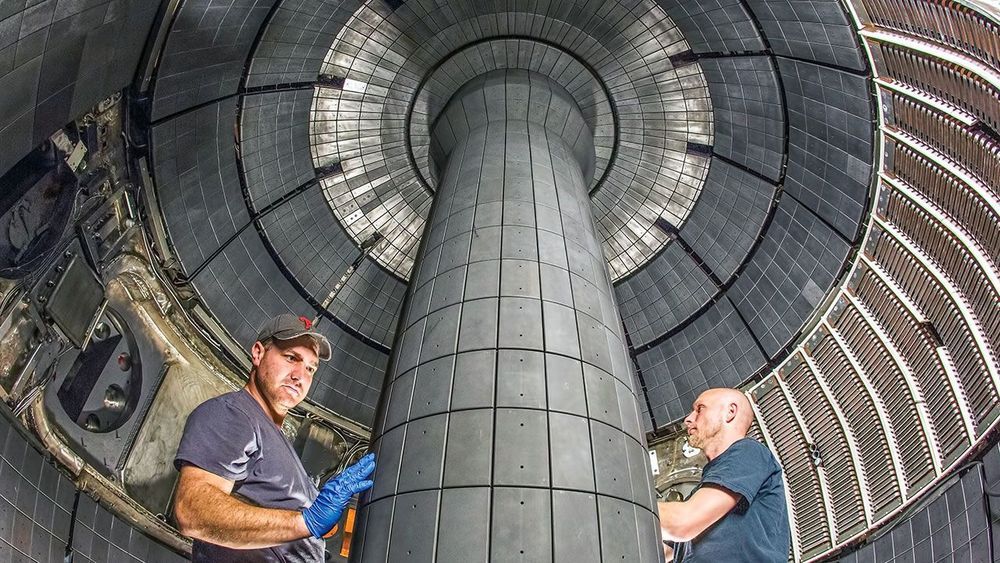Feb 6, 2020
Thai doctors say two drug groups effective on patient
Posted by Mario Acosta in category: biotech/medical
Successfully coronavirus treatment on a critically ill 71-year woman.
Thai doctors have declared the use of anti-flu and AIDS drugs a success in reducing symptoms of coronavirus patients after using them on a Chinese woman.
Two doctors from Rajavithi Hospital in Bangkok — Dr Kriangsak Atipornwanich, an expert physician, and Assoc Prof Dr Subsai Kongsangdao, a specialist — said at a briefing in Bangkok that improvements were seen in the 71-year-old woman 48 hours after administering the two groups of medications.
Continue reading “Thai doctors say two drug groups effective on patient” »


















